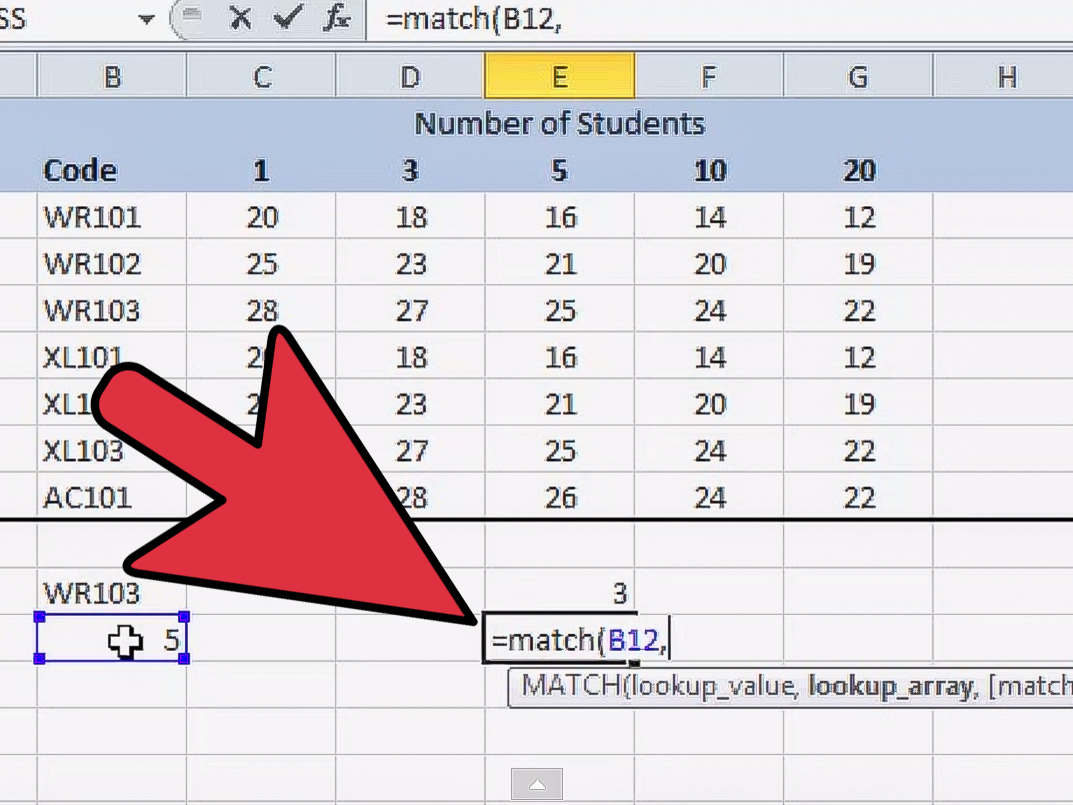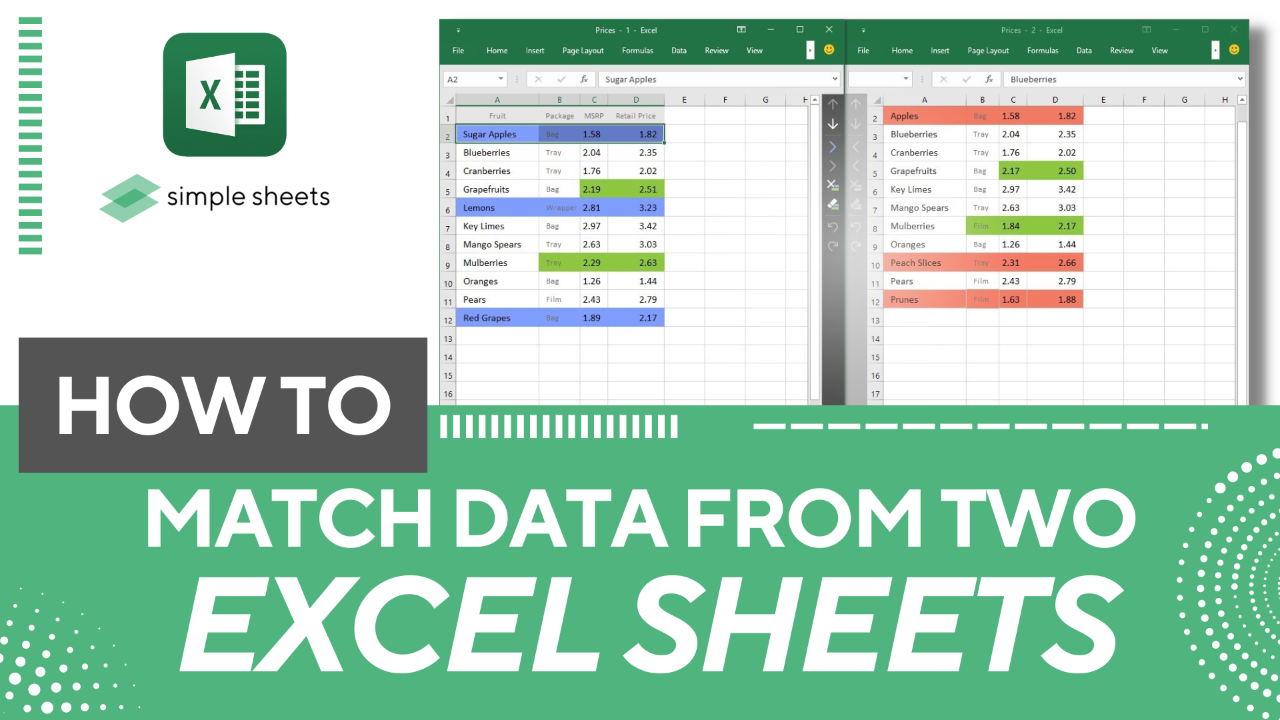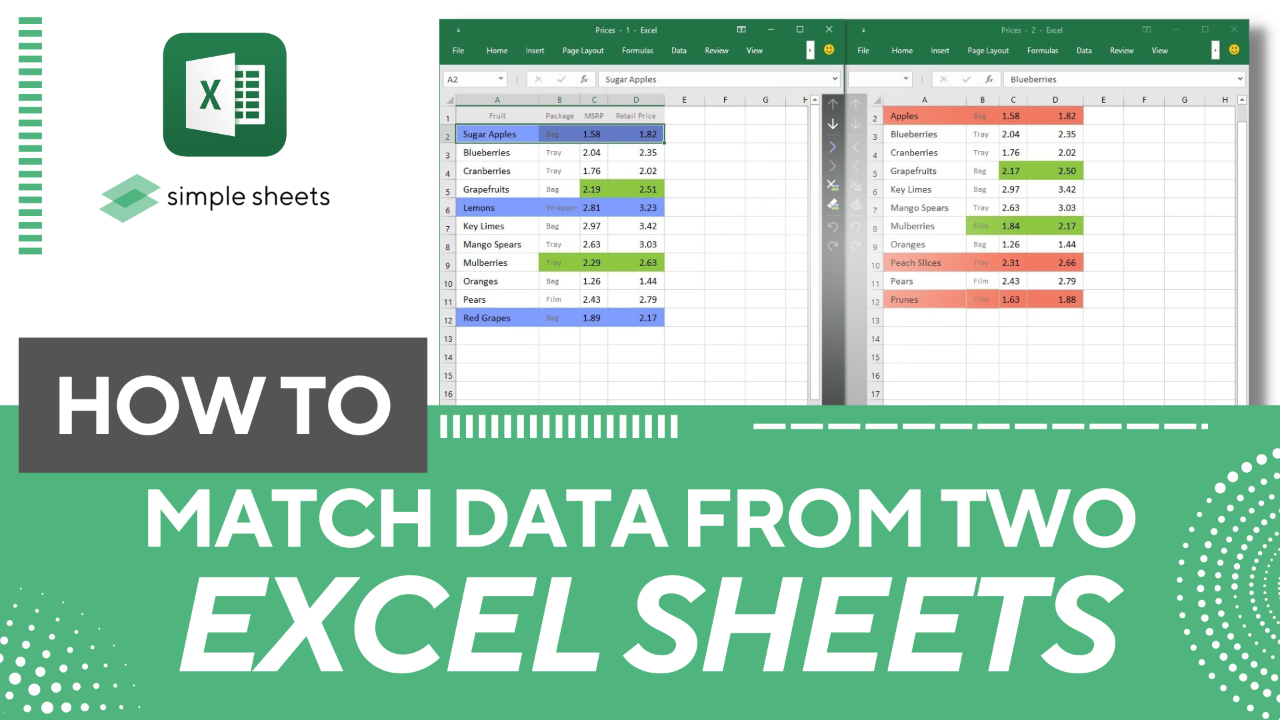Unleash the Power of Matching Data in Sheets

Data matching is a powerful technique that allows users to find and identify similar or identical data points across different datasets. This capability is particularly useful in Google Sheets, offering a wide range of applications and benefits for various professionals. From streamlining data analysis to enhancing productivity, matching data can unlock valuable insights and improve decision-making processes.
Maximizing Data Accuracy with Matching Techniques

In the world of data analysis, precision is paramount. Matching data helps ensure accuracy by identifying duplicate or nearly identical entries. By leveraging functions like VLOOKUP, INDEX, and MATCH, users can efficiently compare and contrast datasets, reducing the likelihood of errors and inconsistencies. This precision is especially crucial in financial analysis, where a single discrepancy can lead to significant implications.
Consider a scenario where a financial analyst is tasked with reconciling multiple financial statements. By utilizing matching techniques, they can quickly identify discrepancies and ensure the accuracy of their analysis. For instance, using the VLOOKUP function, the analyst can search for specific values in one dataset and match them to corresponding entries in another, making the process more efficient and reliable.
The Art of Advanced Data Matching
While basic matching functions are invaluable, advanced techniques take data analysis to the next level. Functions like XLOOKUP and FILTER offer enhanced capabilities, allowing users to perform complex data comparisons and extract specific information. These advanced tools enable more sophisticated data manipulation, empowering professionals to derive deeper insights from their datasets.
Imagine a marketing team analyzing customer data to identify high-value prospects. By employing advanced data matching techniques, they can quickly segment their audience based on specific criteria. For example, using the XLOOKUP function, they can search for customers with a particular purchase history and match them to a list of potential leads, facilitating more targeted marketing campaigns.
| Function | Description |
|---|---|
| VLOOKUP | Searches for a value in the leftmost column of a table and returns a value in the same row from a specified column. |
| INDEX | Returns a value or the reference to a value from within a table or range. |
| MATCH | Searches for a specified value in a range of cells and returns the relative position of that value within the range. |
| XLOOKUP | An enhanced version of VLOOKUP, offering more flexibility and the ability to search from right to left. |
| FILTER | Filters a range of data based on specific criteria and returns only the desired results. |

Enhancing Productivity with Efficient Data Matching

Matching data in Sheets is not just about accuracy; it’s also a powerful tool for enhancing productivity. By automating data comparisons and extracting specific information, users can save valuable time and effort. This efficiency is particularly beneficial for professionals who deal with large datasets and repetitive tasks.
For instance, a human resources manager responsible for maintaining employee records can utilize data matching to streamline their workflow. By employing functions like VLOOKUP and FILTER, they can quickly verify employee details, update records, and identify any discrepancies. This not only saves time but also ensures the HR department operates with efficiency and precision.
The Future of Data Matching in Sheets
As technology advances, so do the capabilities of Google Sheets. The platform continues to evolve, offering new functions and features to enhance data matching capabilities. From improved lookup functions to enhanced data validation tools, Sheets is becoming increasingly powerful, enabling users to tackle more complex data challenges.
One notable development is the introduction of Dynamic Arrays, which allows Sheets to automatically expand formulas and functions across a range of cells, making data manipulation more efficient and intuitive. Additionally, with the integration of AI-powered tools like Google Apps Script, users can automate complex data matching tasks, further enhancing their productivity.
| Feature | Description |
|---|---|
| Dynamic Arrays | A set of functions that allow Sheets to automatically expand arrays based on the data, making it easier to work with large datasets. |
| Google Apps Script | A scripting language that allows users to automate tasks, interact with Sheets data, and build custom applications. |
Conclusion: Unlocking the Full Potential of Data Matching
Data matching in Google Sheets is a versatile and powerful tool with applications across various industries. From ensuring data accuracy to boosting productivity, the benefits are significant. By mastering data matching techniques and staying updated with the latest advancements, professionals can unlock the full potential of their data, leading to more informed decision-making and innovative solutions.
As we've explored, data matching is not just a technical skill but a strategic advantage. By leveraging the power of Sheets, professionals can transform their data analysis processes, making them more efficient, accurate, and insightful. The future of data matching in Sheets looks promising, with ongoing developments and innovations set to further enhance its capabilities.
How can I improve my data matching skills in Sheets?
+Improving your data matching skills involves a combination of practice and learning. Start by familiarizing yourself with the basic functions like VLOOKUP, INDEX, and MATCH. Then, gradually progress to more advanced functions like XLOOKUP and FILTER. Online tutorials and courses can provide valuable guidance and tips to enhance your skills.
What are some common challenges in data matching, and how can I overcome them?
+Common challenges in data matching include dealing with large datasets, handling errors and inconsistencies, and ensuring data privacy and security. To overcome these challenges, it’s essential to have a well-structured dataset, use error-handling functions, and implement data validation techniques. Additionally, regular data backups and encryption can help ensure data security.
How can data matching enhance decision-making processes?
+Data matching enhances decision-making by providing accurate and up-to-date information. By identifying duplicate or inconsistent data, decision-makers can make more informed choices. Additionally, advanced data matching techniques enable the extraction of specific insights, allowing for more targeted and strategic decision-making.



